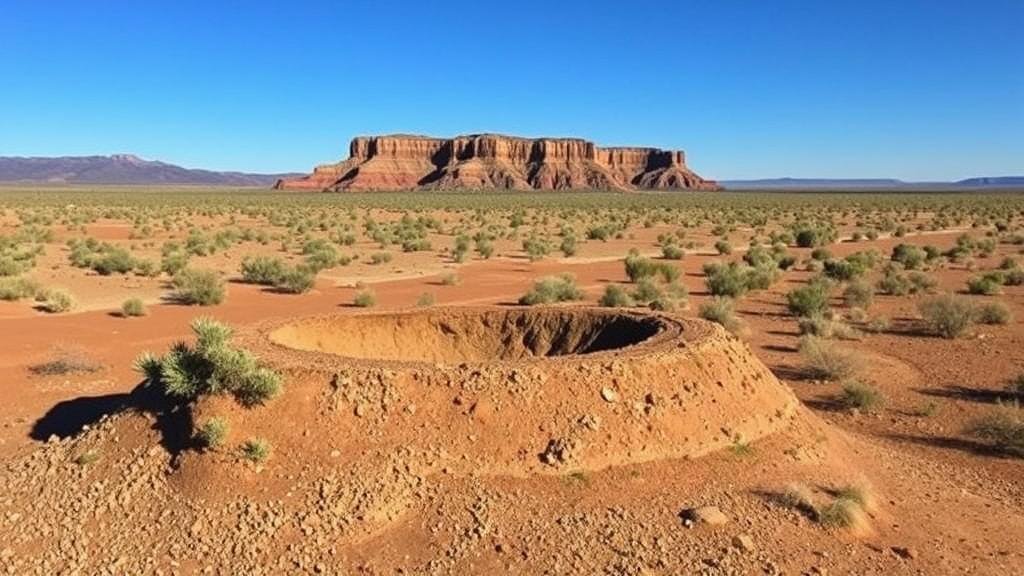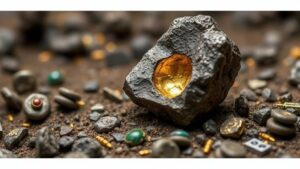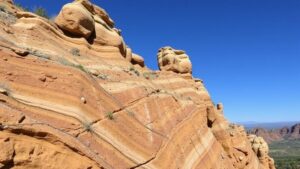Searching for rare meteorite impact sites in the plains of southwestern New Mexico.
Searching for Rare Meteorite Impact Sites in the Plains of Southwestern New Mexico
The pursuit of meteorites has fascinated rockhounds and mineral collectors for decades. Southwestern New Mexico offers a unique opportunity for enthusiasts to explore vast plains that are potential gold mines for locating rare meteorite impact sites. With its diverse geology and history of meteorite falls, this region is an ideal setting for both novice and seasoned collectors.
Understanding Meteorites and Their Significance
Meteorites are remnants of meteoroids that have survived the fiery passage through Earth’s atmosphere. provide invaluable insights into the formation of our solar system and the geological history of our planet. According to the Meteoritical Society, there are over 65,000 recognized meteorite specimens cataloged globally, each offering unique characteristics and historical importance.
In particular, the plains of Southwestern New Mexico boast a variety of meteorite types, including:
- Stony Meteorites: Composed mainly of silicate minerals, these are the most common variety.
- Iron Meteorites: Formed from the metallic core of asteroids, they are often heavy and have a shiny appearance.
- Stony-Iron Meteorites: A combination of both stony and metallic components, these meteorites are quite rare.
The Geology of Southwestern New Mexico
The geology of the Southwestern New Mexico plains plays a significant role in meteorite hunting. This region is characterized by:
- Volcanic terrains: Many impact sites are often associated with ancient volcanic formations.
- Alluvial plains: Flat areas that can act as natural collectors for meteorites.
- Dry climates: The lack of moisture helps preserve meteorites, making it easier to spot them against the soil.
Notably, the Socorro region is known for the 1945 impact of the 1,000-pound Socorro Meteorite, which serves as a significant point of interest for collectors.
Searching for Impact Sites: Techniques and Tools
Locating meteorite impact sites requires a mix of knowledge, tools, and a bit of luck. Here are some methods that can be useful:
- Research Historical Data: Use resources such as the American Meteor Societys database, which provides records of meteorite falls.
- Field Guides: Invest in field guides specific to meteorite hunting that can help identify local meteorite types.
- Metal Detectors: Particularly useful for detecting iron meteorites, these devices can speed up the search process.
Identifying Authentic Meteorites
Distinguishing between meteorites and ordinary terrestrial rocks is crucial. Here are some telltale signs:
- Fusion Crust: Many meteorites have a thin, dark glassy outer layer resulting from their heating during atmospheric entry.
- Metallic Flecks: Iron and nickel can often be seen within stony meteorites.
- Weight: Meteorites are generally heavier than ordinary rocks of similar size due to their metallic content.
Local Regulations and Responsible Collecting
Before setting out on your meteorite hunting adventure, it is essential to be aware of local laws and regulations governing mineral collection. In New Mexico, the Bureau of Land Management (BLM) oversees land use and may require permits for collection in certain areas. Always practice responsible collection techniques, including:
- Leave minimal impact: Avoid disturbing the local flora and fauna.
- Report significant finds: Contributing to scientific research enhances collective knowledge.
Real-World Applications and Takeaways
Engaging in meteorite hunting in Southwestern New Mexico not only enriches the collector’s experience but also contributes to broader scientific endeavors. Collectors can participate in research opportunities and even help expand the existing database of meteorite specimens.
In summary, the plains of Southwestern New Mexico offer a compelling landscape for rockhounds and mineral collectors. With the proper knowledge, equipment, and respect for nature and regulations, enthusiasts can embark on an exciting journey that may uncover rare meteorite treasures. With ongoing research and exploration, the potential for new discoveries remains vibrant.



